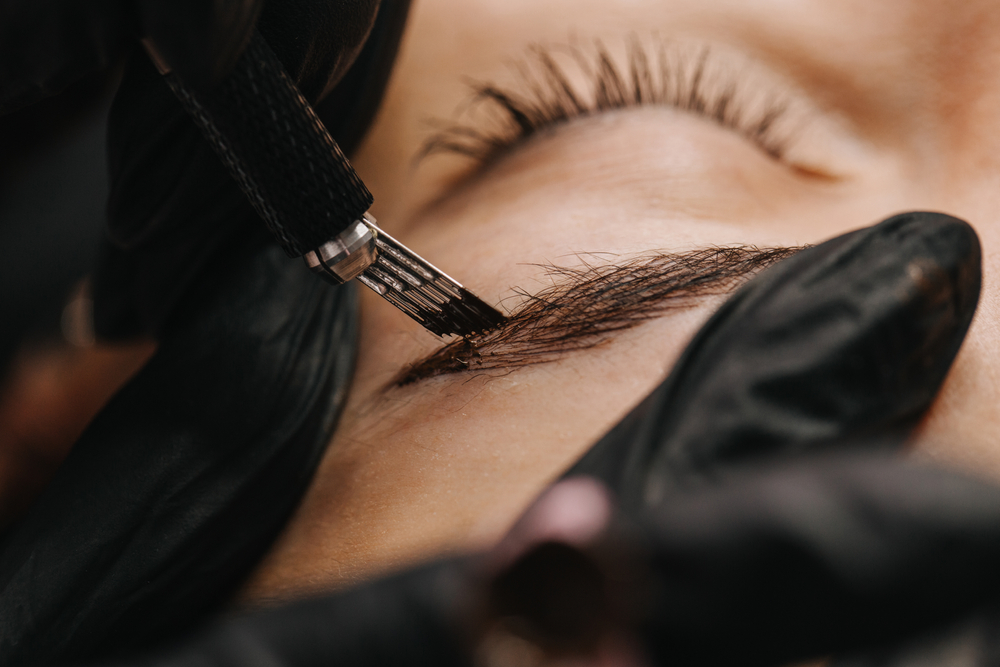Microblading: Health, Safety & Sanitation – Going to get your eyebrows done with unlicensed practitioners who use non-sterile tools and techniques, can cause serious infections or other health problems.
Microblading is a form of semi-permanent make-up used to enhance the appearance of eyebrows. Unlike eyebrow tattooing of the past, this technique uses a manual microblade to apply pigment to the epidermis (the outermost layer of the skin) in realistic strokes that mimic real hairs. The service has seen a recent uptick for both men and women looking to fill in sparse brow hairs and create an even balance for their face.
As the demand increases, there are a number of new artists out there offering services and it’s important to always choose a certified professional that has undergone rigorous training and is equipped with sterile instruments and working environments.
Going to get your eyebrows done with unlicensed practitioners who use non-sterile tools and techniques, can cause serious infections or other health problems.
If you’re thinking about getting microbladed, make sure that your artist uses sterile needles and equipment, and always ask about their skincare and sanitation practices. If you aren’t sure whether your practitioner is safe, look up their credentials, ask to see their certification and browse through their social media profile for images of their work. If they don’t appear to be affiliated with any educational institutions or don’t post their actual work – and healed results, this may be an indication that they aren’t qualified to perform the procedure – so take caution.
As a microblading artist, the best way to ensure your clients’ health and safety is to follow guidelines laid out by the Occupational Safety and Health Administration (OSHA). These standards are in place to protect workers and help them maintain a healthy work environment.
Students are also required to complete a 3-day Bloodborne Pathogens Training offered by the Red Cross for information on how bloodborne pathogens are spread, how to avoid exposure and what to do if exposed to infectious materials such as blood and other bodily fluids.
The last thing you want is for your clients’ eyebrows to become infected, so you need to make sure that you’re using clean tools on each client. You should not touch the skin directly with your fingers or tools during the procedure and ensure that all used needles are disposed of in a sharps container.
You Might Also Like:
- It’s Flu Season: Waste Management Solutions for Vaccines
- What Happens to Medical Waste When It Leaves Your Facility
- What is Cradle to Grave Processing?

Service Areas: Long Island Medical Waste; New York City Medical Waste; Westchester Medical Waste and more


